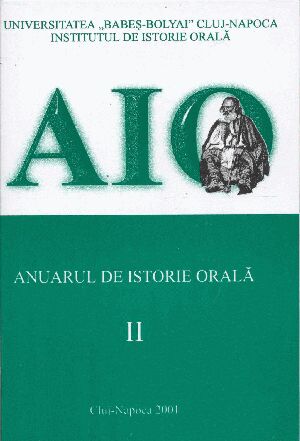Colectivizarea agriculturii în Regiunea Hunedoara. Studiu de caz: satul Aurel Vlaicu
Collectivization in Hunedoara. A Case Study: Aurel Vlaicu Village
Author(s): Cosmin BudeancaSubject(s): History
Published by: Argonaut
Summary/Abstract: This study tries to analyse collectivization in Aurel Vlaicu (Hunedoara). Chronologically we focused on the period during 1951- 1960, sufferings before and after these years. From methodological point of view the study is based on the testimonies of the witnesses but we also payed attention to the existing press or books. It has to be underlined that authorities used all kind of methods, as well as all over Romania to carry out the process of collectivization. This process was of a great intensity in Mureşului Valley due to the fact that in Hunedoara geographical conditions did not permit collectivization very easy. This is the reason why the surfaces organized in collectivities was small enough compared to the rest of the country; and the situation has to be corrected. That is why villages in Mureşului Mountain were confronted with oppression, arrest, deported persons, false data. The importance of collectivization in this region has two main characteristics: -The village had an important region of Mureşului Valley, a very significant detail for authorities; in summer 1958, Gheorghe Gheorghiu Dej was very dissatisfied with the process of collectivization here. To avoid it, authorities tried to persuade farmers to join collectivization. -In this region the care for private property was very deep than elsewhere because here lived numerous local Germans who owned a great part of the lands. Itis the case of Aurel Vlaicu village. Even if the farmers tried to oppose this situation collectivization was carried out. This situation grew worse and most of the people lefi for work in town. The impact collectivity had on Romanian society can be noticed, at a small level, in Aurel Vlaicu village.
Journal: Anuarul Institutului de Istorie Orală
- Issue Year: 2001
- Issue No: II
- Page Range: 351-376
- Page Count: 26
- Language: Romanian

